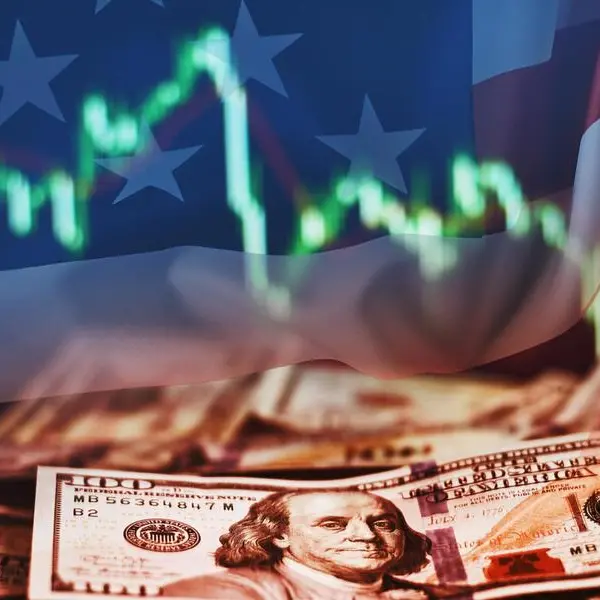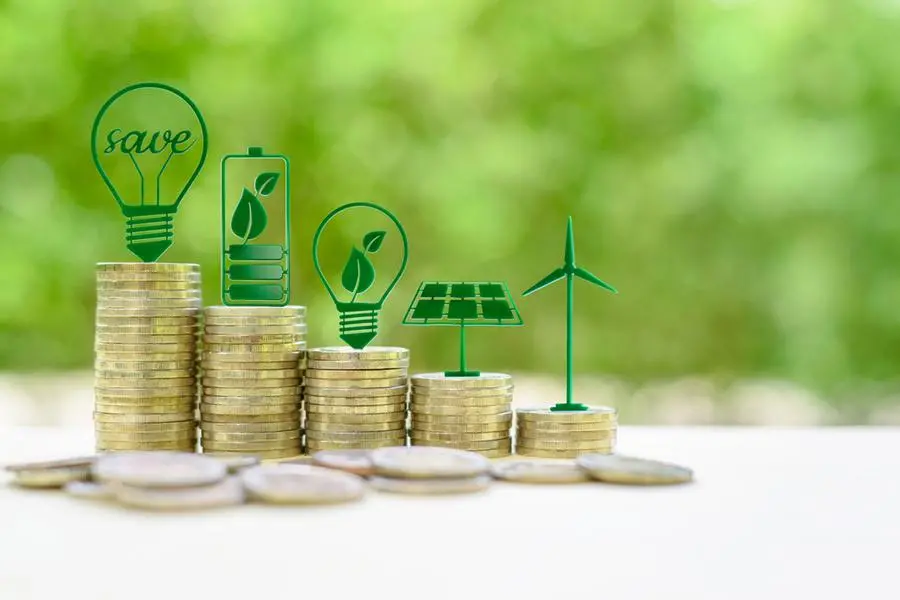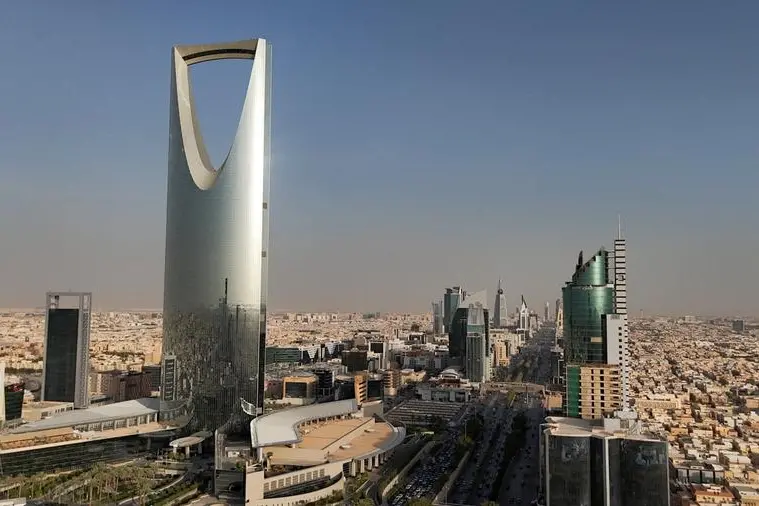India and the UAE have shared trade links for centuries. Since the 1960s, Abu Dhabi’s growth as an oil exporter expanded what was principally a relationship dominated by agricultural items. Bilateral ties gained new impetus in the nineties, thanks to Dubai’s growth as a regional trading hub and India’s policy of economic liberalisation.
Today, the UAE is India’s third largest trading partner after the US and China. Trade between India and the UAE totalled almost $73 billion in 2021-2022. India is the second-largest export destination for the UAE, with non-oil trade calculated at $45 billion for the same period.
And this continues to grow rapidly. In the first year of the UAE-India Comprehensive Economic Partnership Agreement, between April 2022 and March 2023, bilateral trade grew 16% to reach $84.5 billion.
Now, global events could further transform that relationship. With the US dollar increasingly being seen as a policy instrument, the UAE and India are now considering settling imports and exports via a rupee-dirham exchange mechanism. The move would reduce transaction costs and simplify bilateral trade.
INR trading volume boom
The growing relations between UAE and India will push USD/INR futures into a boom, especially as INR builds on the momentum it gained as a widely traded instrument in the UAE since it first appeared in the Middle East back in 2005 on DGCX.
Helping this growth is the massive Indian community in the UAE, which is home to more than 83,000 Indian businesses, with 11,000 new companies registering in 2022 alone. This large Indian business community is expected to drive interest in INR futures as businesses seek to hedge their trading risks while trade and investment relationships between both countries continue to grow to new heights.
This growth will be further supported by the changing global geopolitical and macroeconomic dynamics, which could result in more currency volatility and more interest among investors to take a view on the Indian rupee.
Demand for emerging currencies could continue to grow as other nations challenge the greenback’s domination and investors seek to diversify their holdings beyond the traditional safe haven of the US. These imperatives are set to intensify as economic uncertainty increases over the coming year.
At the same time, the trade-weighted dollar could well weaken in 2023 after a decade-long rally. The US Federal Reserve has started to slow the blistering pace of interest rate increases that have seen rates rise 500 basis points since March 2022, and weakened growth and an anticipated recession in several major markets – including Japan and the Eurozone – could impact currency values across the board.
Together with the continued crisis in Ukraine, the US credit rating downgrade, and emerging flashpoints elsewhere, these factors support greater demand for risk hedging.
This macroeconomic story, along with the growing trade and investment relations between UAE and India, makes USD/INR a particularly compelling currency pairing with a high level of volatility on the horizon, offering just the innovative approach investors need to round out their portfolios in such a scenario.
Parallel trading opportunities
A prime opportunity is on offer for investors to express a view through futures contracts, particularly for many UAE investors who have a solid understanding of the Indian economy as well as key global trends.
Thankfully, market participants now have unprecedented access to INR-linked products, particularly in the UAE. Traders and investors enjoy greater flexibility thanks to a range of contracts that align with their desired exposure and capital requirements. In addition, contracts such as the INR Futures monthly and Quanto contracts offer parallel trading opportunities, allowing investors to trade both contracts simultaneously and enhancing hedging capabilities.
Boosting this further, Indian commodity brokerages have launched new derivatives trading subsidiaries in the UAE, contributing to growth in the Indian FX futures industry. This expands market access for investors and provides a greater range of hedging and risk instruments.
As market participants look to hedge their exposure to one of the world’s fastest-growing economies in an uncertain economic climate and protect against adverse movements in the exchange rate between the Indian rupee and the dollar-pegged dirham, investors need to manage their INR exposure.
It is safe to say that with all of these factors coalescing, we will see a large influx of liquidity in INR products across the UAE.





















